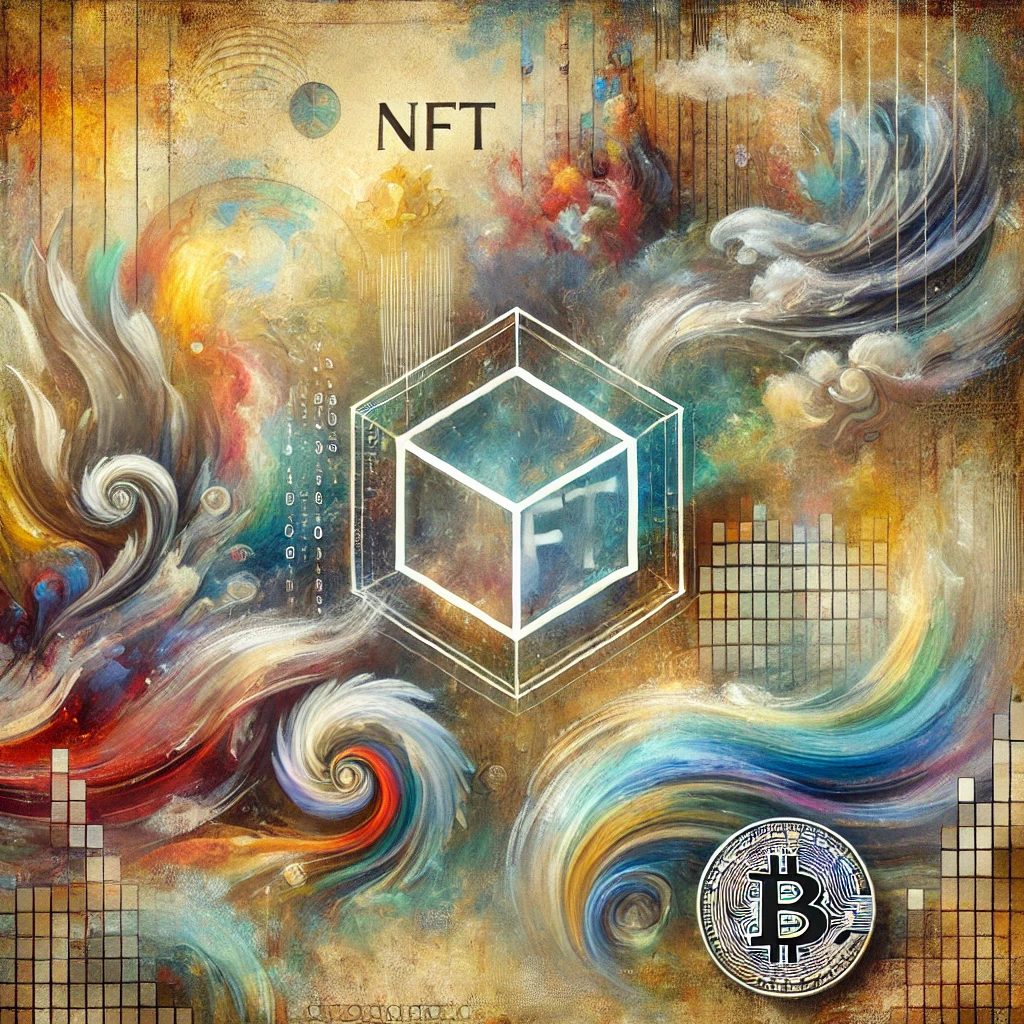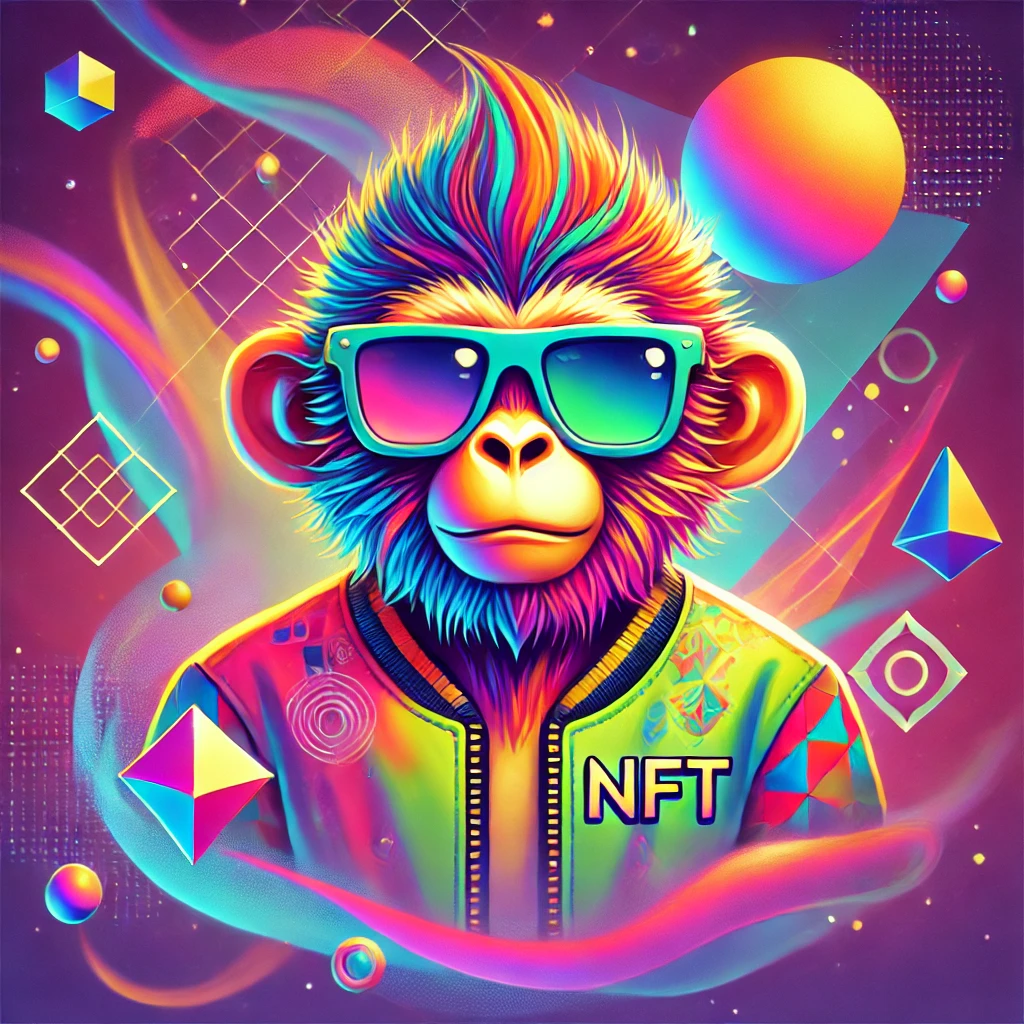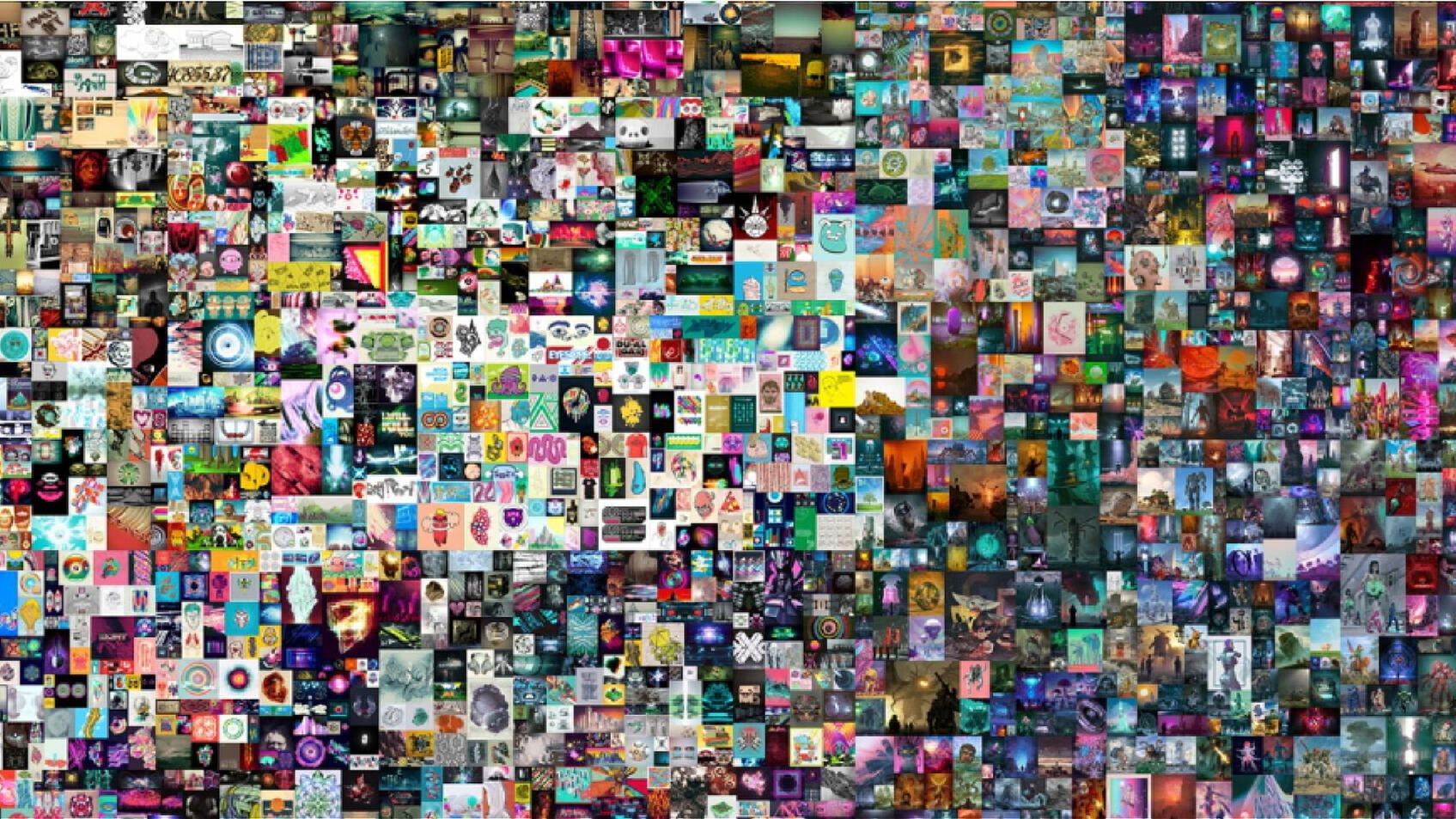The world of gaming has undergone a significant transformation in recent years with the advent of GameFi. Combining the power of blockchain technology and gaming, GameFi has emerged as a promising sector that offers exciting new possibilities for players and developers alike. In this article, we will delve into the past, present, and future of GameFi, while drawing comparisons to the traditional gaming industry. By examining their differences and synergies, we can gain valuable insights into the evolution of the gaming landscape.
GameFi: Past
The origins of GameFi can be traced back to the introduction of blockchain technology in gaming. The decentralized nature of blockchain allows for the creation of unique digital assets, ownership verification, and transparent transactions. Early GameFi projects began to explore these capabilities, offering players true ownership of in-game assets and the ability to trade them on open marketplaces. This revolutionary concept laid the foundation for the GameFi movement.
Traditional Gaming Industry: Past
Before the rise of GameFi, the traditional gaming industry followed a centralized model, with game developers and publishers retaining control over in-game assets and economies. Popular games relied on traditional monetization strategies such as upfront game sales, expansions, and downloadable content. However, this model often left players without true ownership and limited their ability to benefit from their time and investment in the games.
GameFi: Present
In the present day, GameFi has grown significantly, with a diverse range of projects and a thriving market. GameFi projects typically incorporate decentralized finance (DeFi) elements, enabling players to earn rewards, lend or borrow assets, and participate in liquidity mining. These projects offer immersive gaming experiences, vibrant virtual economies, and a sense of ownership that traditional games cannot provide. Furthermore, GameFi provides an opportunity for developers to monetize their creations directly, without intermediaries.
Traditional Gaming Industry: Present
While GameFi has been on the rise, the traditional gaming industry has also been undergoing its own transformation. The industry has witnessed a shift towards digital distribution, microtransactions, and in-game purchases. Online multiplayer and social features have become increasingly important, fostering communities and extending the lifespan of games. However, the centralized nature of traditional gaming still presents limitations in terms of ownership and player empowerment.
GameFi: Future
Looking ahead, GameFi holds immense potential for growth and innovation. As the sector matures, we can expect further integration of virtual reality (VR) and augmented reality (AR) technologies, enhancing the immersion and interactivity of GameFi experiences. Moreover, GameFi has the potential to expand beyond gaming, into areas such as art, collectibles, and virtual real estate. However, regulatory challenges may arise as GameFi continues to blur the lines between gaming and finance.
Traditional Gaming Industry: Future
In the face of the GameFi revolution, traditional gaming companies must adapt to stay competitive. Collaboration between GameFi and traditional gaming companies could unlock new possibilities, combining the strengths of both worlds. However, disruptions and transformations are likely, as GameFi’s decentralized and player-centric approach challenges the established norms of the traditional gaming industry. It is plausible that both GameFi and traditional gaming will coexist, catering to different preferences and offering diverse gaming experiences.
GameFi: Challenges and Regulatory Considerations
While GameFi presents exciting opportunities, it also faces its fair share of challenges and regulatory considerations. One of the key challenges is scalability. As more users flock to GameFi projects, the underlying blockchain infrastructure needs to scale to accommodate the increasing demand for transactions and interactions within the games. Scalability solutions such as layer 2 protocols and sidechains are being explored to address this issue.
Moreover, regulatory frameworks surrounding GameFi are still in their early stages. Governments and regulatory bodies are grappling with the unique intersection of gaming and finance, raising concerns about investor protection, money laundering, and taxation. Striking the right balance between fostering innovation and ensuring consumer safety will be crucial in shaping the regulatory landscape for GameFi in the future.
Traditional Gaming Industry: Advantages and Adaptation Strategies
While GameFi presents disruptive potential, the traditional gaming industry still possesses distinct advantages. Established game developers and publishers have a wealth of experience, resources, and dedicated fan bases. They can leverage their existing IP (intellectual property) to adapt to the changing landscape by incorporating GameFi elements into their games. By embracing blockchain technology, they can provide players with true ownership of in-game assets, enable cross-game interoperability, and offer additional value through tokenized rewards and incentives.
Traditional gaming companies can also explore partnerships and collaborations with GameFi projects. By integrating GameFi features into their existing games or developing new projects within the GameFi ecosystem, traditional gaming companies can tap into the benefits of decentralization, player ownership, and community-driven economies. This collaborative approach can bridge the gap between the two worlds and create hybrid gaming experiences that cater to a wider audience.
Conclusion
GameFi has ushered in a new era for the gaming industry, revolutionizing the way we play, create, and monetize games. Its integration of blockchain technology and decentralized finance has unlocked unprecedented opportunities for players and developers. While the traditional gaming industry continues to evolve, GameFi represents a paradigm shift that empowers players and rewards their dedication. As we look towards the future, it is essential to embrace the potential of GameFi, while recognizing the value and uniqueness of the traditional gaming industry.
FAQs
What are the main advantages of GameFi over traditional gaming?
GameFi offers several advantages over traditional gaming. Firstly, it provides players with true ownership of in-game assets, allowing them to buy, sell, and trade these assets on open marketplaces. This gives players the opportunity to earn real value from their in-game achievements. Secondly, GameFi projects often incorporate decentralized finance (DeFi) elements, enabling players to earn passive income through staking, lending, or liquidity mining. Thirdly, GameFi fosters vibrant virtual economies, where players can participate in player-driven markets and contribute to the overall ecosystem. These advantages create a more immersive and rewarding gaming experience for players.
How does GameFi impact game developers?
GameFi presents new monetization opportunities for game developers. By integrating blockchain technology and decentralized finance, developers can create in-game economies that provide additional revenue streams. They can tokenize in-game assets, allowing players to own and trade them, while earning a percentage of the transactions. This incentivizes players to invest in the game and boosts engagement. Moreover, GameFi projects often involve community participation, allowing developers to tap into the creativity and expertise of their player base. This collaboration fosters a stronger sense of community and loyalty, leading to long-term success for the game.
Are there any risks associated with GameFi?
Like any emerging sector, GameFi is not without its risks. One of the key risks is the volatility of cryptocurrency markets, as many GameFi projects utilize blockchain-based tokens. The value of these tokens can fluctuate rapidly, affecting the overall economy of the game and the perceived value of in-game assets. Additionally, scalability is a challenge for many GameFi projects, as the underlying blockchain technology may struggle to handle high transaction volumes and support a large user base. Security is another concern, as hackers may target GameFi platforms and attempt to exploit vulnerabilities in smart contracts or centralized components.
How can traditional gaming companies adapt to the rise of GameFi?
Traditional gaming companies can adapt to the rise of GameFi by incorporating GameFi elements into their existing games or developing new projects within the GameFi ecosystem. They can explore partnerships with existing GameFi projects to leverage their expertise and technologies. By integrating blockchain technology, traditional gaming companies can offer players true ownership of in-game assets, facilitate cross-game interoperability, and introduce tokenized rewards and incentives. This hybrid approach allows traditional gaming companies to tap into the benefits of decentralization, player ownership, and community-driven economies while leveraging their established resources, IP, and dedicated fan bases.









